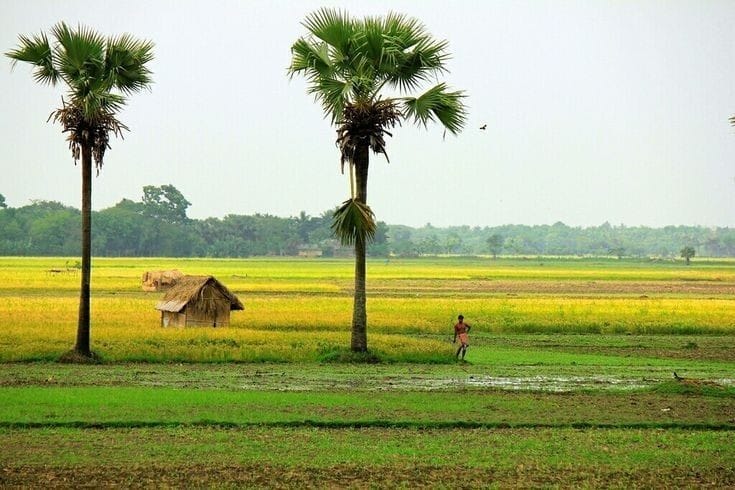Infrastructure and connectivity are critical components of the growth and development of any society. In India, the majority of the population lives in rural areas, with a significant portion of the country’s economy dependent on agriculture and other rural industries. However, Indian villages often lack the infrastructure and connectivity needed to support economic growth and development. In this article, we will explore the challenges and opportunities for infrastructure and connectivity in Indian villages.
One of the key challenges facing infrastructure development in Indian villages is the lack of investment in rural areas. The majority of the government’s infrastructure spending has traditionally been directed towards urban areas, leaving rural areas with inadequate roads, electricity, and water supply. This has resulted in a lack of basic facilities and services in many Indian villages, which can hamper economic growth and development.
Connectivity is another major challenge facing Indian villages. Despite the rapid growth of mobile phones and the internet in India, many rural areas still lack access to reliable and affordable connectivity. This limits the ability of rural entrepreneurs and businesses to reach wider markets and access information, leading to a lack of growth and development.
However, there are also significant opportunities for infrastructure and connectivity development in Indian villages. In recent years, the government has launched a number of initiatives aimed at improving rural infrastructure, including the Pradhan Mantri Gram Sadak Yojana, which aims to connect all villages in India with all-weather roads. The government has also launched programs to improve access to electricity and water supply in rural areas.
The rise of digital technologies has also presented opportunities for improving connectivity in Indian villages. The government’s Digital India initiative aims to provide broadband connectivity to all villages in India, which can help to improve access to information and services. The use of mobile phones and mobile apps has also helped to bridge the gap in connectivity, allowing rural entrepreneurs and businesses to reach wider markets and access information.
In addition to government initiatives, there has been a growing interest in private sector investment in rural infrastructure and connectivity. The rise of social entrepreneurship and impact investing has seen the development of innovative business models that aim to address the challenges facing Indian villages. For example, there are now companies that provide clean energy solutions to rural areas, or that use technology to improve access to healthcare and education.
In conclusion, infrastructure and connectivity are critical components of the growth and development of Indian villages. While there are significant challenges facing rural infrastructure and connectivity, there are also many opportunities for growth and development. With the support of government policies, private sector investment, and the innovative use of technology, there is great potential for Indian villages to become engines of economic growth and development in the 21st century.










